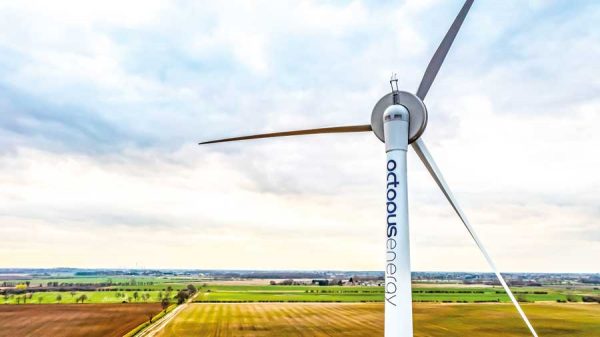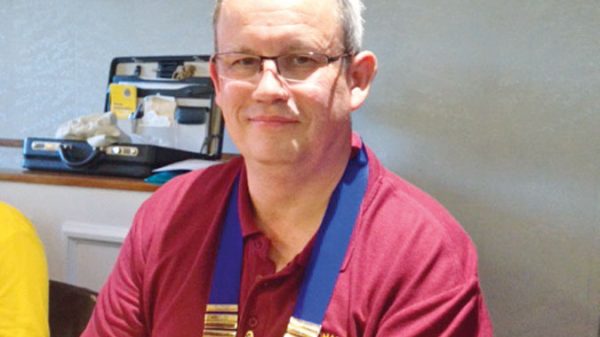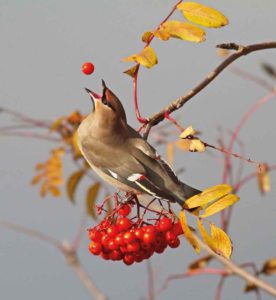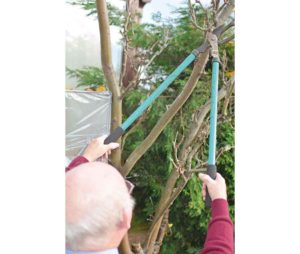There is a whole industry centred around the production of Christmas trees both for cutting and for sale as potted plants, the value of which is estimated at around £7 million per year. There is actually a British Christmas Tree Growers Association that promotes the sale of live Christmas trees.
It can be a dilemma deciding whether to choose a live or artificial tree, for some the thought of constantly vacuuming up needles puts them off or maybe the thought that trees should be left to grow naturally rather than cut deters them from buying a living tree. The fact that the trees we buy are grown specifically for the market should dispel some concerns and that as a nation we are very conscious about our natural environment and plant hundreds of trees every year.
Trees are not the most common of indoor plants and as such are not ideally suited to indoor cultivation unless of course you have a huge glasshouse like Kew or Edinburgh Botanical Gardens, even then the woody plants are generally native to more tropical regions. That said for many there is nothing quite like a natural Christmas tree adorned with decorations and providing a gentle pine scent around the house.
Those who buy a cut Christmas tree, maybe because they do not have the garden space to keep a rooted one but who love the natural feel and smell may find the following tips helpful in avoiding a bare tree on Christmas Day.
Increasingly the types of trees grown for the cut stem market have been selected for their ability to keep their needles for longer but this can be enhanced with the right aftercare. It stands to reason that a cut tree bears many similarities to a cut flower in that they need water. Generally it is not a good idea to buy a cut tree before the beginning of December, choosing carefully try to select a tree that has shiny bright needles, avoiding brittle branches and trees who’s needles are already falling. If you can lift the tree and gently tap the stem on the floor, if no needles drop then the tree is fairly fresh.
Keep it outside for as long as you can preferably in a sheltered place and standing in a bucket of water. It is a good idea to cut about an inch (2.5 cm) of the bottom of the stem, both before you place in in the bucket and before moving it indoors. All plant stems have long tubes that transport water to the branches leaves and flowers, but when cut they can become blocked up with dust, soil and water borne algae, removing a portion of the stem will provide open tubes.
When you bring the tree indoors choose a position that is reasonably cool, this will reduce the water loss and needle drop. Use either a specially designed water holding stand or wedge the tree in a large bucket. Water the tree daily, it is surprising just how much water it drinks.
For those who would like to keep a tree from year to year there are a number of options. Buying a small tree grown in a pot you may be able to keep it for two or three years before it will need to be planted out. These are normally smaller trees anything from about 2 foot (60 cms) to four feet ( 120 cms). Trees are also offered as ‘rootball’ specimens which have been lifted with their roots and wrapped in hessian, thirdly you can buy bare root trees, that have been lifted directly from the ground.
The latter two options are best planted out after their spell indoors, but the treatment during their stay in the house is very similar to that of the cut Christmas tree, in that the key is to delay bringing them indoors until early December but the closer to Christmas Day the better. Ideally they should only be in the house for a couple of weeks.
Choose a cool position away from direct heat and water daily if the compost dries out, container grown plants should be moved into a sheltered place in the garden and repotted on a mild day in early February. Root-balled and Bare-Root trees should be watered well and planted out preferably in a sheltered spot in the garden, remember these are forest trees so not too close to the house.
Two important tips,
Dispose of your cut tree responsibly, many Local Authorities provide a disposal point at their waste transfer sites, I have seen some Authorities use old Christmas trees to stabilise bankings around lakes and watercourses, pushed into the ground at an angle they can help stabilise the soil and provide a wildlife habitat.
Finally if you are planning to adorn your tree with lights make sure they are suitable for the conditions and ideally consult a qualified electrician regarding the type and how they should be fitted.
Whatever you choose have a great Christmas and an enjoyable New Year.







